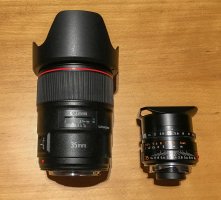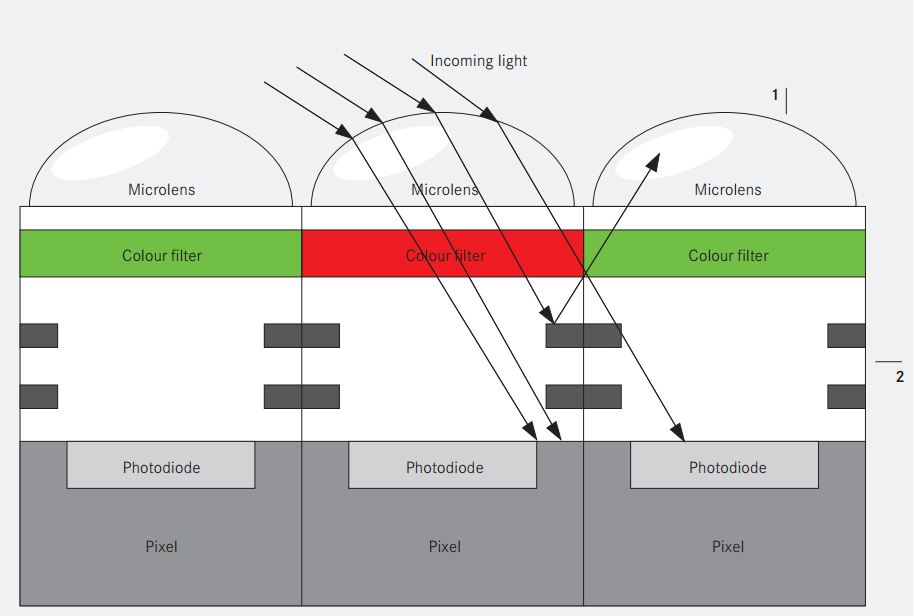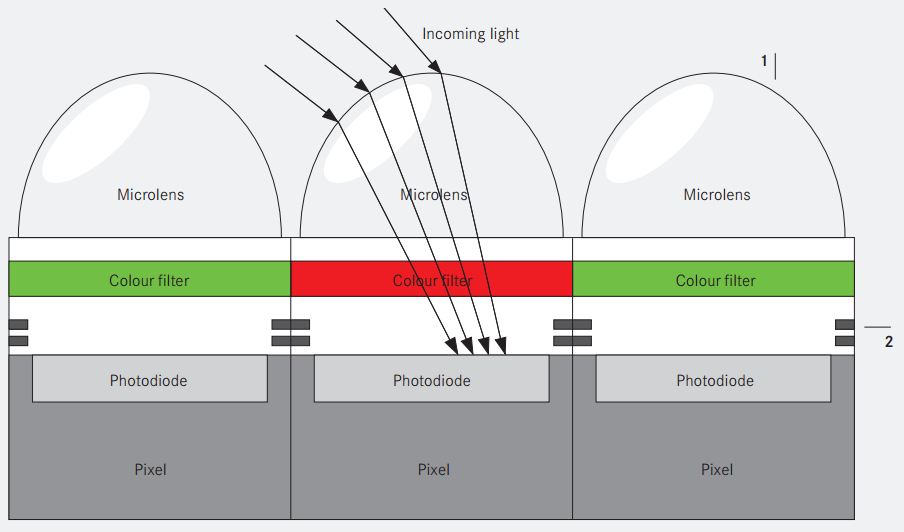I am quite invested in Quality glass, not as extreme as maybe others, and use my FF System as a Hobbyist (with chronically lack of time)
When buying my equipment, i assumed that glass would Keep it's value better than other consumer products, so i spent money easier (i can sell a lens if i dont use it enough)
Now i have a Smartphone as well and not the need to carry the big camera all the time, so take part of my photos with the phone and if i try be serious with the DSLR.
If Canon now presents a new Mount and it is expected that over some period the DSLR's get replaced my Mirrorless with a new mount, this will very fast reduce the value of my Investment so i had to decide if i should
a) Keep on the old System
b) move soon and sell my old gear in short term
c) or if i postpone the move and sell my lensess at a time when they are woth almost nothing
on a) i must Forget about all my Money and use my equipment, knowing that it will get passed by the developpment and after some time i have no longer competitive Equipment
on b) i must spend lot of Money in short term, replaplace the camera(s) soon and the lenses soon after equivalents came out.
on c) i live with Adapters for a long time and accept a big loss on my lenses which nobody wants anymorwe, after they have obsolet for a longer time already.
So, all 3 ways are so frustrating, that leaving the hobby is a valuable option, rely on the phone and maybe buy a better compact (on 1'', mft or apsc basis) camera.
i think the FD to EF Transition was similarely painful, but then one got a fast development, autofocus, better Flash Systems etc. Now DSLR to Mirrorless gives much fewer benefit in comparision, so abandonning the Mount is very dangerous, they can put many customers into frustration. This especially as there are still coming high value lenses on the market, which are not ment to be used 4 years only.
AND, as many times written already, "small" will be only very few combinations, and not the bundles i usually see FF cameras used with. Combined with a 16-35 & 24-70 & 70-200 2.8 lens trio, 20mm gain in thickness doesnt matter at all.
If there are other benefits, as faster FPS for example, then a Mirrorless camera can make sense, but please it should support my lens collection.



